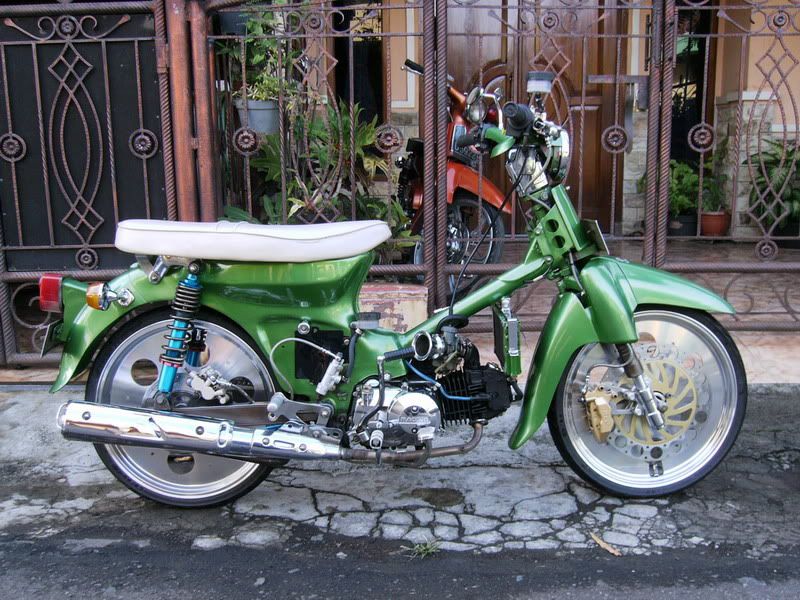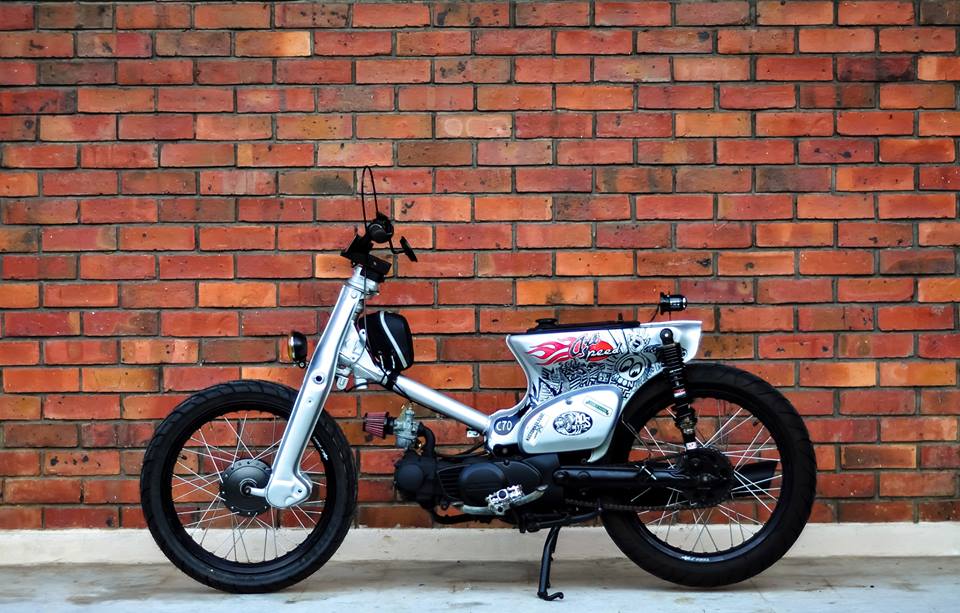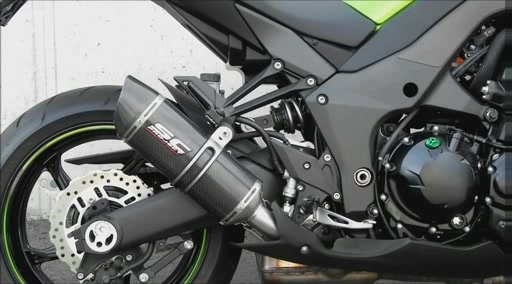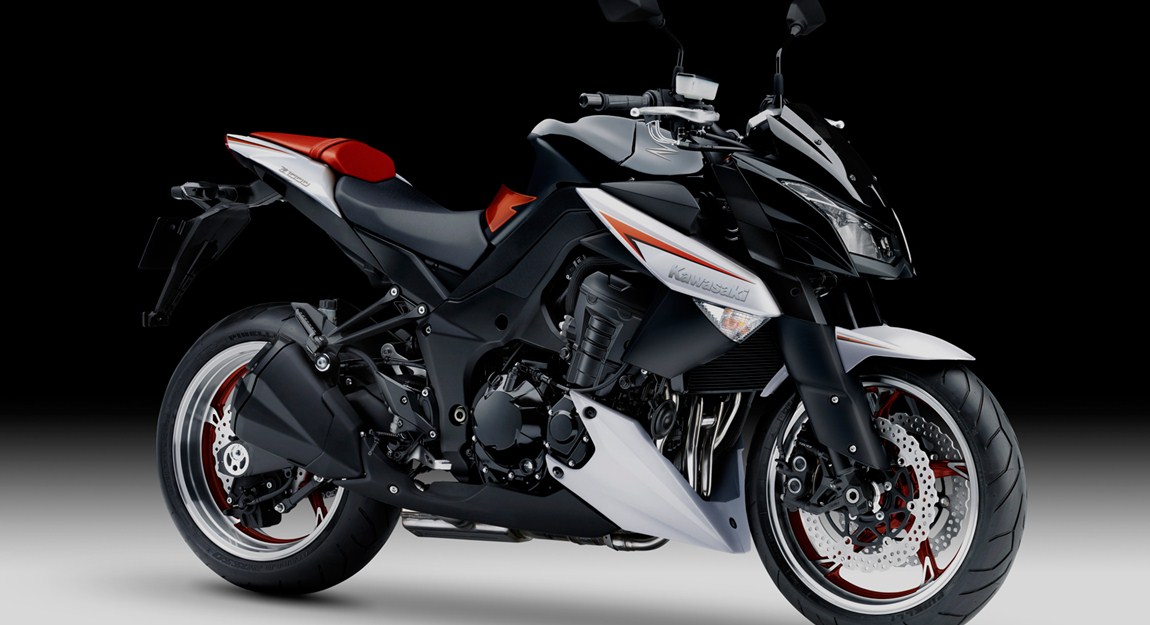Yamaha launched the YZF-R1 after redesigning the Genesis engine to offset the crankshaft, gearbox input, and output shafts. This "compacting" of the engine made the total engine length much shorter. This allowed the wheelbase to be shortened significantly, resulting in much quicker handling and an optimized center of gravity. The bike had a compression ratio of 11.8:1 with a six-speed transmission and multi-plate clutch.
Early models were subject to a worldwide recall for a clutch problem. Yamaha today describes the launch of the R1 as the true value of "Kando".
The 1999 R1 saw only minor changes, apart from paint and graphics.
Notable improvements were a redesigned gear change linkage and the gear
change shaft length being increased. Fuel tank reserve capacity was
reduced from 5.5 to 4.0 litres (1.2 to 0.9 imp gal or 1.5 to
1.1 US gal), while the total fuel tank capacity was unchanged at 18 l
(4.0 imp gal; 4.8 US gal). A second worldwide recall was issued for 1998
and early 1999 models, to change a coolant hose clamp under the fuel
tank which could come loose under hard use.
Motorcycle Consumer News tests of the 1998 model year YZF-R1 yielded a 0 to 60 mph (0 to 97 km/h) time of 2.96 seconds and 0 to 100 mph (0 to 161 km/h) of 5.93 seconds, a 1⁄4-mile (400 m) time of 10.19 seconds at 131.40 mph (211.47 km/h), and a top speed of 168 mph (270 km/h), with deceleration from 60 to 0 mph (97 to 0 km/h) of 113.9 ft (34.7 m).For the 1999 model year, Cycle World tests found a 0 to 60 mph time of 3.0 seconds, 1⁄4-mile time of 10.31 seconds at 139.55 mph (224.58 km/h), and a top speed of 170 mph (270 km/h).n late 2008, Yamaha announced they would release an all new R1 for 2009. The new R1 takes engine technology from the M1 MotoGP bike with its cross plane crankshaft. Crossplane technology puts each connecting rod 90° from the next, with an uneven firing interval of 270°- 180°- 90°- 180°. Yamaha claims the bike would give the rider 'two engines in one', the low end torque of a twin and the pace of an inline four. As with previous incarnations of the R1, the 2009 model keeps its Yamaha Chip Controlled Throttle (YCC-T).
Another advancement included on the 2009 model was D-Mode Throttle Control Valve Mapping, which allows a rider to choose between three distinct maps depending on the rider’s environment. Each mode of operation controls YCC-T characteristics, changing how the R1 reacts to rider input. The first mode is Standard Mode, which delivers performance for a wide variety of driving conditions. The second mode is "A" mode which will give a rider more available power in the lower to mid RPM range. The third mode is "B" mode, which is a dial back of the previous mode, designed to soften throttle response in inclement weather and heavy traffic. D-Mode throttle control is controlled by the rider through a forward mode button near the throttle. The instrument panel is more comprehensive than previous models, and the 2009/2010 Yamaha YZF-R1 model had a gear indicator as standard.
Overall handling of the R1 was improved through changes to frame and suspension. A new sub frame was designed for the 2009 R1, cast from magnesium giving lower weight aiding mass centralisation. The rear shock absorber on the 2009 offers variable speed damping, as well as an easy to tweak pre-load via a screw adjustment. The rear shock now connects underneath the swing arm through a different linkage; a change from previous years' models. To improve overall handling and safety, Yamaha included an electronic steering damper. The front has the same classic R1 shape, though the air intake location and headlamp design have been revamped on the 2009 model; using only projector lamps, and using the new-found design space within the nose cone to reroute ram air tubes next to the lights.
Testing the 2010 model year in the confines of a tri-oval racetrack, Motorcyclist magazine reported a 1⁄4-mile (400 m) time of 10.02 seconds @ 144.23 mph (232.12 km/h), and fuel consumption of 25 miles per US gallon (9.4 L/100 km; 30 mpg-imp).Motorcycle Consumer News reported a tested top speed of 176.7 mph (284.4 km/h).
In 2011, the 2011 has a new front designe and some other minor change.
in 2012 the yamaha YZF-R 1 received the traction control and a special édition yamaha YZF-R1 50th édition was released. The special edition color is inspired from Assen TT-winning MotoGP bike. The special edition commemorate the participation of yamaha in MotoGP.
Guess http://my.digestrr.com/p/71RJv
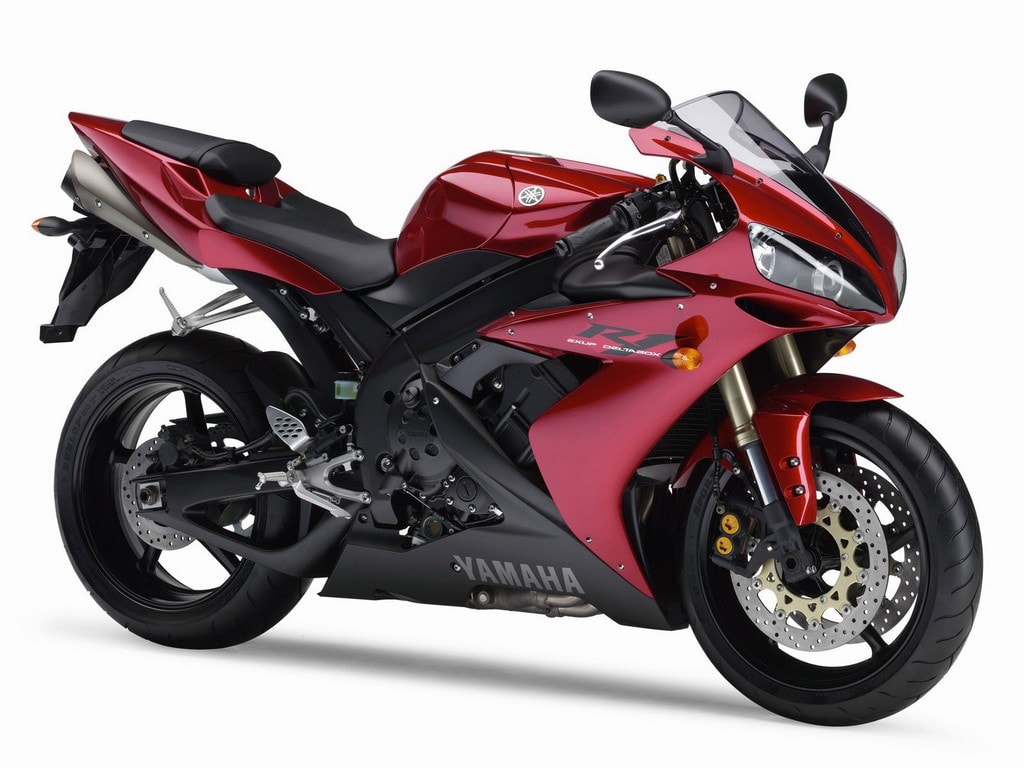







Early models were subject to a worldwide recall for a clutch problem. Yamaha today describes the launch of the R1 as the true value of "Kando".
2005 YZF-R1 instrumentation
Motorcycle Consumer News tests of the 1998 model year YZF-R1 yielded a 0 to 60 mph (0 to 97 km/h) time of 2.96 seconds and 0 to 100 mph (0 to 161 km/h) of 5.93 seconds, a 1⁄4-mile (400 m) time of 10.19 seconds at 131.40 mph (211.47 km/h), and a top speed of 168 mph (270 km/h), with deceleration from 60 to 0 mph (97 to 0 km/h) of 113.9 ft (34.7 m).For the 1999 model year, Cycle World tests found a 0 to 60 mph time of 3.0 seconds, 1⁄4-mile time of 10.31 seconds at 139.55 mph (224.58 km/h), and a top speed of 170 mph (270 km/h).n late 2008, Yamaha announced they would release an all new R1 for 2009. The new R1 takes engine technology from the M1 MotoGP bike with its cross plane crankshaft. Crossplane technology puts each connecting rod 90° from the next, with an uneven firing interval of 270°- 180°- 90°- 180°. Yamaha claims the bike would give the rider 'two engines in one', the low end torque of a twin and the pace of an inline four. As with previous incarnations of the R1, the 2009 model keeps its Yamaha Chip Controlled Throttle (YCC-T).
Another advancement included on the 2009 model was D-Mode Throttle Control Valve Mapping, which allows a rider to choose between three distinct maps depending on the rider’s environment. Each mode of operation controls YCC-T characteristics, changing how the R1 reacts to rider input. The first mode is Standard Mode, which delivers performance for a wide variety of driving conditions. The second mode is "A" mode which will give a rider more available power in the lower to mid RPM range. The third mode is "B" mode, which is a dial back of the previous mode, designed to soften throttle response in inclement weather and heavy traffic. D-Mode throttle control is controlled by the rider through a forward mode button near the throttle. The instrument panel is more comprehensive than previous models, and the 2009/2010 Yamaha YZF-R1 model had a gear indicator as standard.
Overall handling of the R1 was improved through changes to frame and suspension. A new sub frame was designed for the 2009 R1, cast from magnesium giving lower weight aiding mass centralisation. The rear shock absorber on the 2009 offers variable speed damping, as well as an easy to tweak pre-load via a screw adjustment. The rear shock now connects underneath the swing arm through a different linkage; a change from previous years' models. To improve overall handling and safety, Yamaha included an electronic steering damper. The front has the same classic R1 shape, though the air intake location and headlamp design have been revamped on the 2009 model; using only projector lamps, and using the new-found design space within the nose cone to reroute ram air tubes next to the lights.
Testing the 2010 model year in the confines of a tri-oval racetrack, Motorcyclist magazine reported a 1⁄4-mile (400 m) time of 10.02 seconds @ 144.23 mph (232.12 km/h), and fuel consumption of 25 miles per US gallon (9.4 L/100 km; 30 mpg-imp).Motorcycle Consumer News reported a tested top speed of 176.7 mph (284.4 km/h).
In 2011, the 2011 has a new front designe and some other minor change.
in 2012 the yamaha YZF-R 1 received the traction control and a special édition yamaha YZF-R1 50th édition was released. The special edition color is inspired from Assen TT-winning MotoGP bike. The special edition commemorate the participation of yamaha in MotoGP.
Guess http://my.digestrr.com/p/71RJv





























